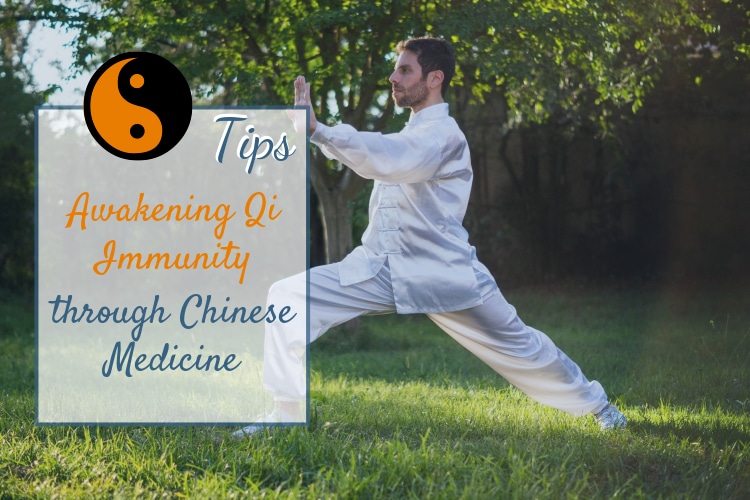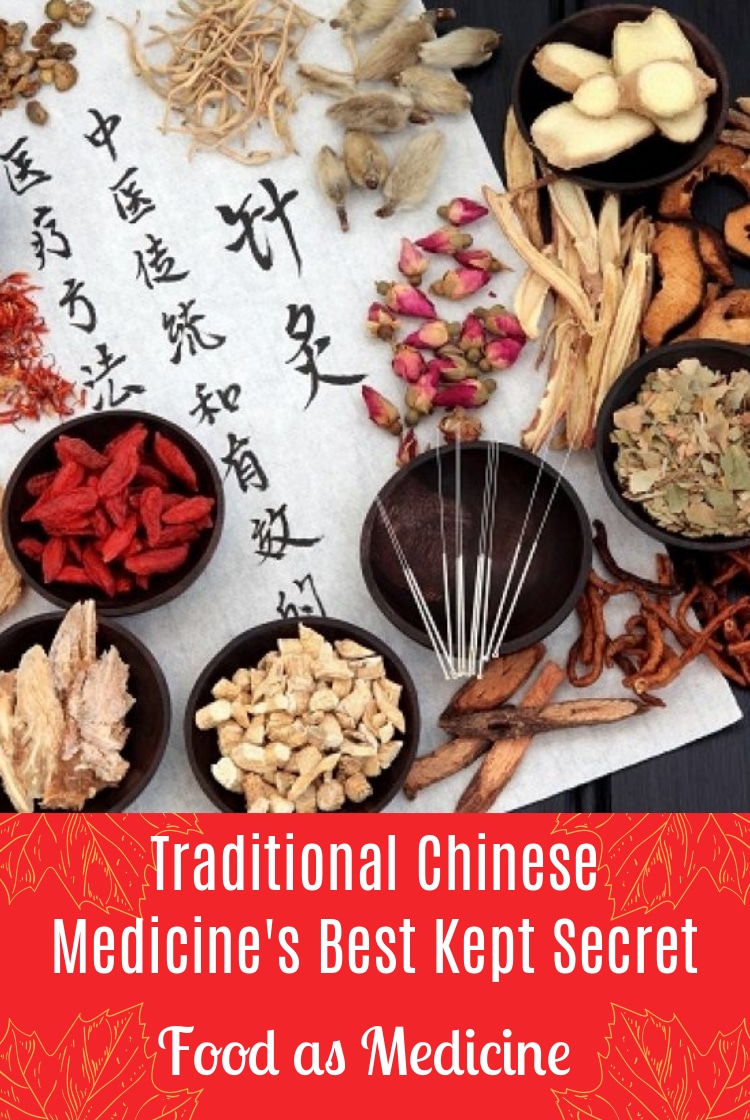
Cupping Therapy vs. Acupuncture: How Are They Similar and Different?
In this article, we’ll go over cupping therapy and acupuncture. You’ll learn and discover how they are similar and different.
Table of Contents
The Philosophy Behind Cupping Therapy and Acupuncture
Both cupping therapy and acupuncture have their origins in ancient China. Surprisingly, acupuncture was developed around 8,000 years ago and has its foundations in Dadaist theisms.
Cupping therapy, on the other hand, came to be used around 3,000 years ago. Traditional Chinese Medicine is based on the philosophy that the body has natural energy flowing through it. The meridians that run through the body are the channels that direct the free flow of energy.
As long as this energy, also called, “qi” or “chi” keeps moving, you feel healthy. But, illnesses and injuries can create obstructions in the flow. As a result, you feel ill, mentally and physically.
How Acupuncture and Cupping Therapy Work
Acupuncture and cupping therapy work to remove the obstructions so that the energy continues to flow. In this way, these therapies heal you. By inserting needles into the specific points of obstruction during acupuncture, the therapist seeks to attract the flow of blood.
This blood flow brings with it fresh nutrients and oxygen that repair the illness and damage in the tissues. A boost in the flow of lymph works to carry away the toxins, cell debris, and other waste. And, effectively cleanses the area.
On the other hand, cupping creates suction on the skin above the damaged tissues. The suction also draws blood to the area so that it heals and the waste is removed.
Essentially the principle behind both therapies is very similar, namely, inducing inflammation to promote healing. And, both, cupping therapy and acupuncture sessions typically last for around 20 to 30 minutes at a time.
Before suggesting the optimum modality that can help you with your medical issues, the therapist will assess your symptoms carefully. If needed, she might also recommend that you opt for a combination of both treatments.
How Cupping Therapy is Performed
To perform cupping therapy, the healer uses small cups that may be made of traditional materials like bamboo, wood, animal horns, or glass. Modern-day cupping therapists may use medical-grade silicone or glass so they can monitor the appearance of the skin during the therapy.
Sterilizing these materials is also a lot easier. Your healer may choose to heat the cups before placing them on the specific trigger points so that suction is created in the cups. Or, he may opt to use contemporary cupping kits that include a suction device attached to the bottom of the cup. The pumps can be used to remove the air and create suction in the inverted cup.
Types of Cupping Therapy
Cupping therapy can be of different forms. Dry cupping only involves the creation of a vacuum while massage cupping includes the application of essential oils on the skin prior to placing the cups.
Once suction is created, the cups are moved over the skin by way of reverse massage therapy. Wet cupping is another method. After maintaining suction for a few minutes, the therapist may make tiny cuts on the skin with a sterile scalpel.
Next, she places the cup back on the affected area. The vacuum causes a small amount of blood to be pulled from the skin into the cup. After removing the cup, she dresses the area with antiseptic ointment and sterile bandages so that it heals within a few days.
How Acupuncture is Performed
To perform acupuncture, the therapist makes use of sterile needles that are extremely fine. Guided by his training and expert knowledge of the anatomy and meridians of your body, he places the needles in your skin at the precise points where the natural energy has stagnated. As blood rushes to the area, you feel relaxation and release of stress. Typically, patients do not experience any pain since the needles are very thin and small. In rare cases, the patient may feel a dull ache that is not altogether unpleasant. If needed, the therapist may also deliver heat or light electrical impulses through the needles.
Medical Issues that Respond Well to the Treatment
Both cupping therapy and acupuncture can help you with many medical issues such as:
- Respiratory issues like colds, pneumonia, bronchitis, and the flu
- Depression and anxiety
- Reducing pain arising from musculoskeletal issues and injuries
- Improving digestion
- Promoting skin health
- Helps in the removal of toxins by boosting the functioning of the lymphatic system
Cupping therapy and acupuncture can work to complement each other and help you with the medical issues you have. You can also opt to take them individually for the benefits they can provide you. Of course, it is best to rely on the judgment of your expert therapist who can guide you best on the ideal mode of treatment.
Cupping Therapy Tips & Tools
- It’s common for cupping to be used along with massage therapy, essential oils, acupuncture, or even as an adjunct to “Western medicine” treatments.
- Here are five ways that cupping therapy might be able to help you: helps reduce pain, promotes relaxation, boosts skin health, helps treat respiratory issues and colds, and improves digestion.
- Cupping and acupuncture are similar because they both promote optimal “Qi” by drawing energy and blood flow to areas of the body that are experiencing inflammation, prone to low lymphatic circulation, or experiencing poor blood flow. Sometimes both practices are done together by placing an acupuncture needle into the patient’s skin and then covering the needle with a cup.
- The types of cupping therapy include dry cupping, fire cupping, bleeding cupping, wet cupping, and moving to cup.






